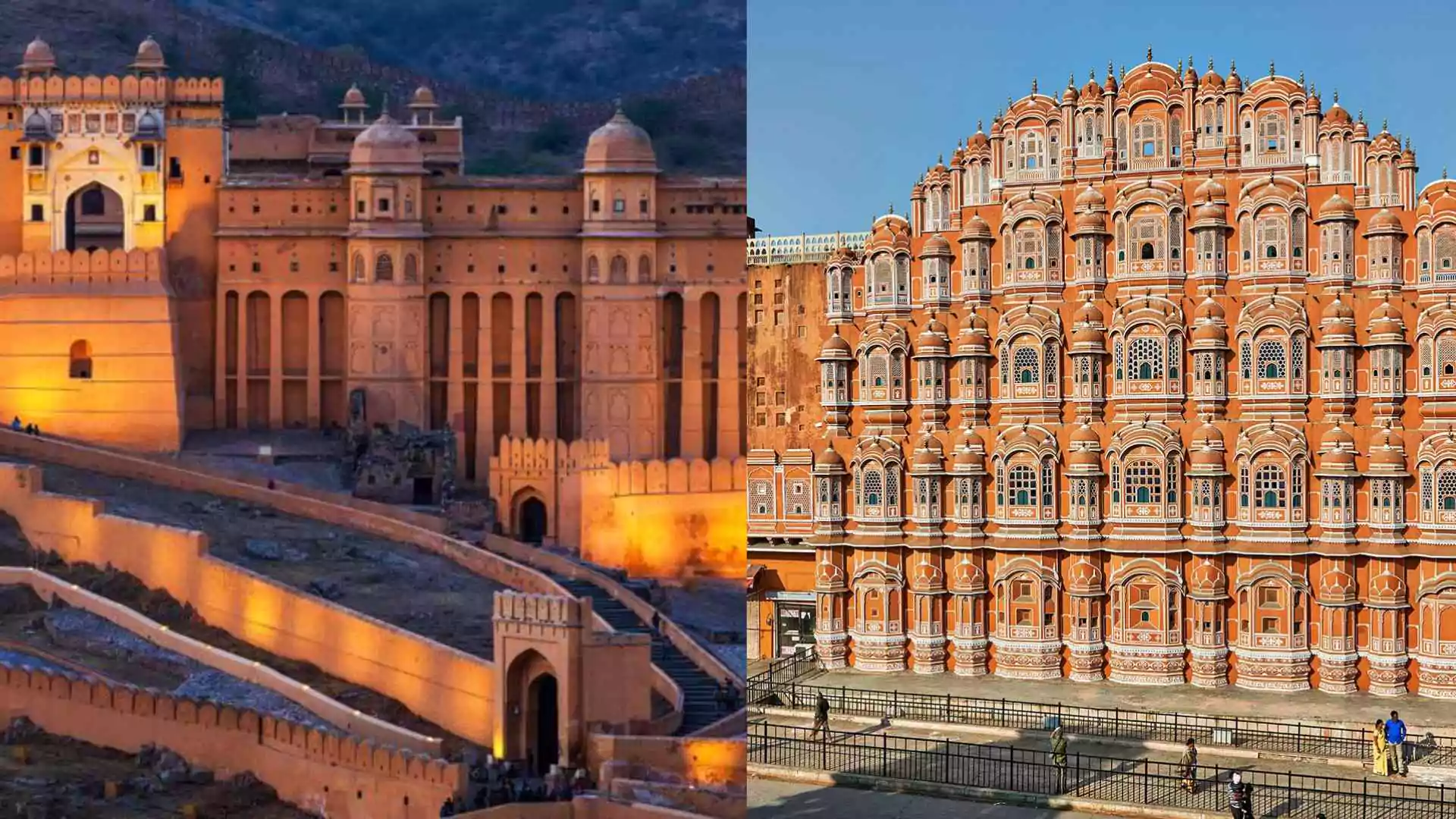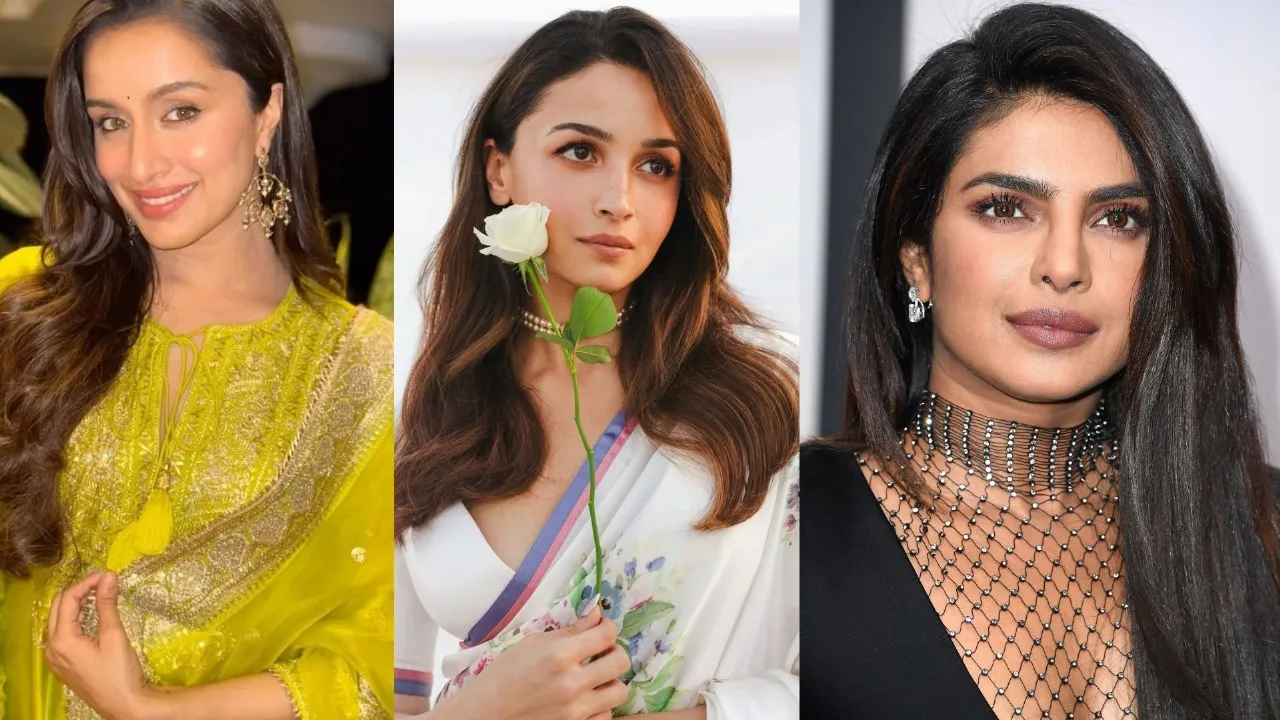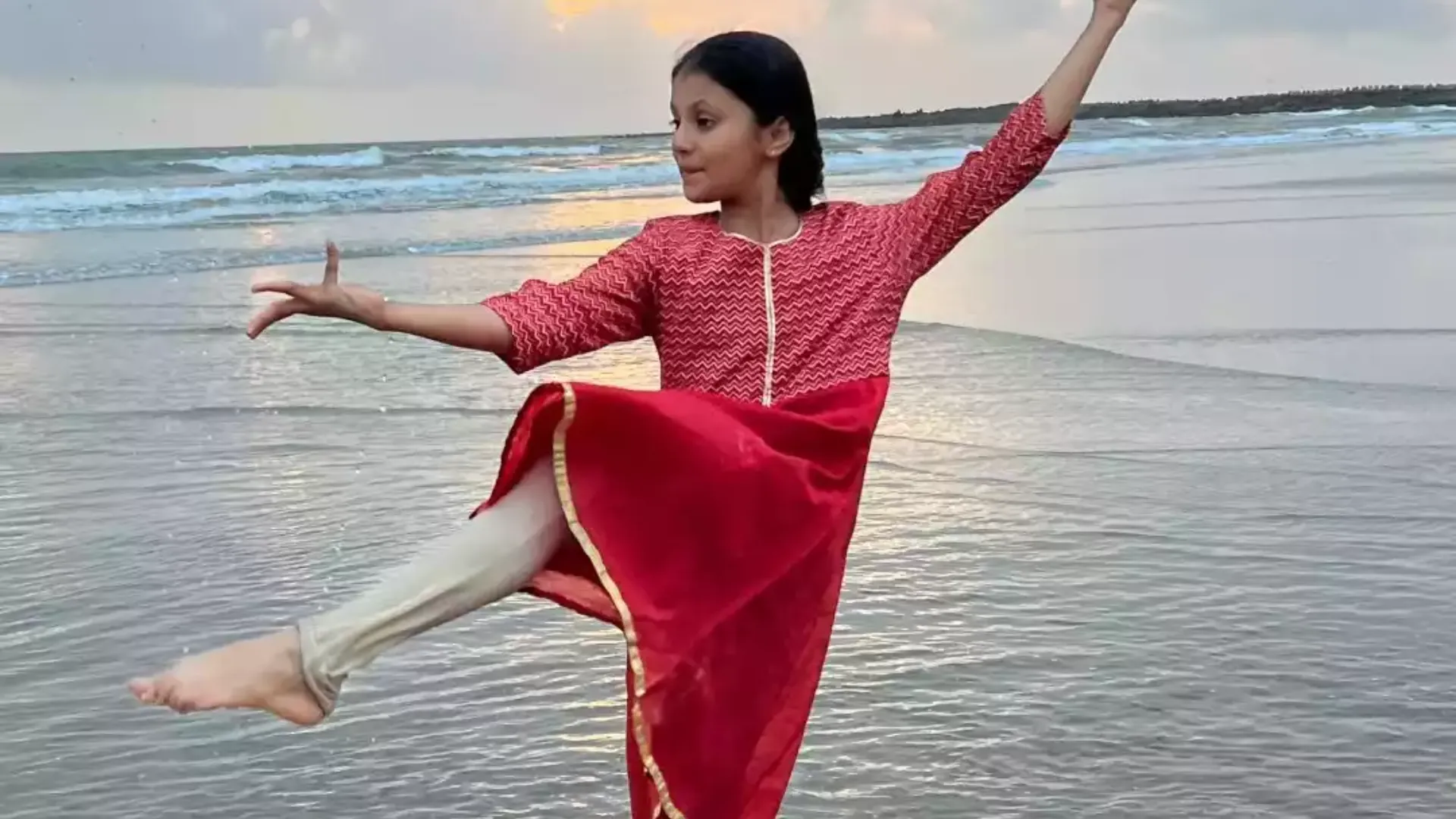Manipur, a culturally rich and historically vibrant state in the northeast, is known for its unique blend of dance, music, and tradition. From the rhythmic beats of the Pung drum to the graceful movements that tell stories of devotion and heroism, Manipuri folk dances stand as an embodiment of the region’s cultural heritage. Here’s a closer look at some of the most celebrated folk dances of Manipur that have captured the essence of its people and their timeless traditions.
1. Raas Leela: The Dance of Divine Love
Perhaps the most iconic of Manipuri dance forms, Raas Leela is a graceful portrayal of the celestial love between Lord Krishna and Radha, alongside the devotion of the Gopis. Rooted in Hindu mythology, the Raas Leela dance is more than just a performance; it’s a sacred act that transcends earthly boundaries. Typically performed in temples during festivals like Basanta Purnima, Sarada Purnima, and Kartik Purnima, this dance form is celebrated with great devotion and is a mixture of solo, duet, and group dances. The dancers, draped in richly embroidered costumes, perform in a trance-like state, symbolising the union of the soul with the divine. The soft gestures and fluid movements create an atmosphere of serenity and spirituality.
2. Nupa Pala (Cymbal Dance): Rhythms of Devotion
A male-dominated performance, Nupa Pala is often referred to as Kartal Cholom or the Cymbal Dance. Performed with cymbals (Kartals) and accompanied by the Mridanga, or “Pung,” this energetic and rhythmic dance draws inspiration from religious rites. The movements of the dancers start slow and serene, gradually building up to a vigorous pace. This form is an essential part of religious festivals and is often seen as an opening act for other sacred performances like Raas Leela. Dancers wear snow-white turbans and traditional attire, adding an aesthetic richness to the spiritual ritual.
3. Pung Cholom: The Drum Dance
One of the most physically demanding and energetic of Manipuri dance forms, Pung Cholom is centered around the sacred Manipuri drum, known as the “Pung.” Dancers perform intricate footwork, acrobatic feats, and rhythmic movements in sync with the drum’s beats. The dance showcases an interplay of slow and fast rhythms, creating a striking contrast between tranquility and vigor. Accompanied by the Mridanga (Pung), the dance is often performed at social and religious gatherings, creating an aura of awe and excitement.
4. Thang-Ta: The Martial Art Dance

With roots in the martial arts of Manipur, Thang-Ta is a dance that symbolises bravery, strength, and agility. Performed with swords and shields, this dance form tells stories of valor and is a physical manifestation of the warrior spirit. The movements, though martial, are graceful and controlled, blending elements of fight choreography with traditional dance. The rhythmic drumming provides a backbone to the dancers’ movements, adding to the drama and intensity of the performance. Thang-Ta is not just a display of physical skill but also a cultural reflection of Manipur’s martial heritage.
5. Khamba-Thoibi Dance: The Story of Eternal Love
The Khamba-Thoibi dance is a poignant tale of love and dedication, set in the mythical past of Manipur. This duet dance narrates the love story of Khamba, a valiant warrior, and Thoibi, a beautiful princess. As they perform in front of the sylvan deity Thangjing in Moirang, the dance mirrors the emotions of the characters—longing, separation, and reunion. This dance, along with other performances like Maibi and Leima Jagoi, is a core part of the Lai Haraoba festival, which celebrates the rich mythology of the region. The slow and graceful movements of the dancers portray a spiritual connection, elevating the dance to a sacred act of devotion.
6. Maibi Dance: The Priestess’s Journey
Performed during the annual Lai Haraoba festival, the Maibi Dance is the ritualistic dance of the priestesses, known as Maibis. These spiritual mediums trace the cosmogony of the Meitei people, reflecting the creation of the world, the construction of homes, and the daily activities of the people. The Maibi, through her dance, relives the traditions of the Meitei people, embodying their spiritual connection to the divine. With deep religious significance, the dance is a vivid representation of the Meitei way of life, blending sacred ritual with artistic expression.
7. Lai Haraoba: The Celebration of Creation

Lai Haraoba, meaning “the dance of the gods,” is a complex, ritualistic dance that celebrates the creation of the universe. It involves both men and women and is performed with colourful attire, adding vibrancy to the sacred event. The dance represents the gods and goddesses of Meitei mythology and is accompanied by the Pena, Mridanga, and Kartal. Through symbolic movements, Lai Haraoba re-enacts the story of creation, the “marriage of the earth and sky”, and the relationship between humans and deities. It is a celebration of life, culture, and the eternal bond between the divine and the earthly.
A Cultural Heritage Through Dance
The folk dances of Manipur are not just performances; they are an intrinsic part of the state’s identity, a way of preserving its rich cultural and religious traditions. These dances, with their vibrant costumes, intricate footwork, and deeply spiritual themes, offer a glimpse into a world where art, religion, and history intertwine. From the graceful Raas Leela to the martial intensity of Thang-Ta, each dance is a reflection of the community’s beliefs, values, and connections to the divine.
ALSO READ: Inside The Traditional Craftsmanship of Manipur: A Glimpse into Region’s Rich Artistic Heritage



























